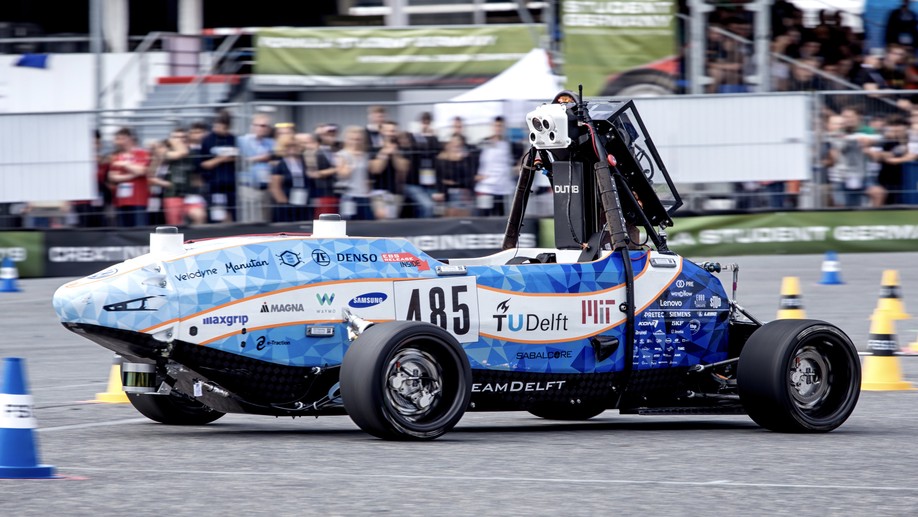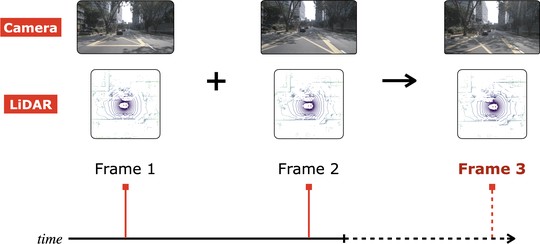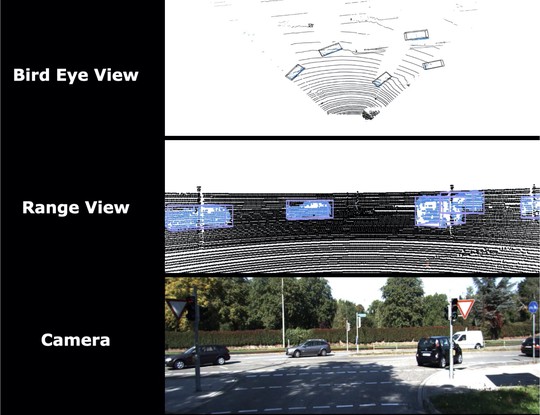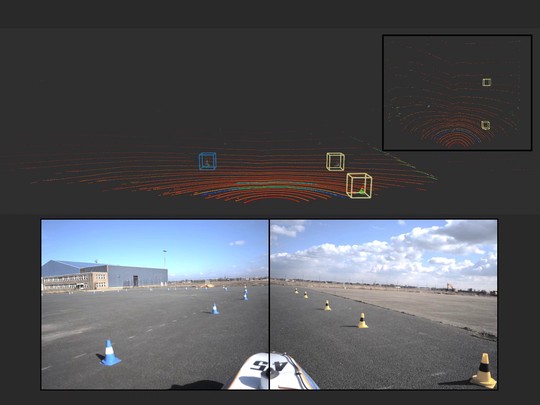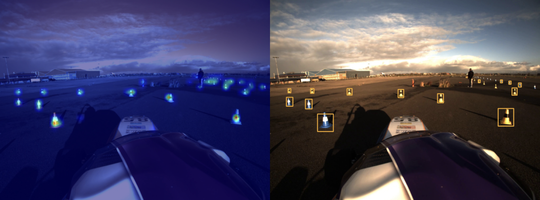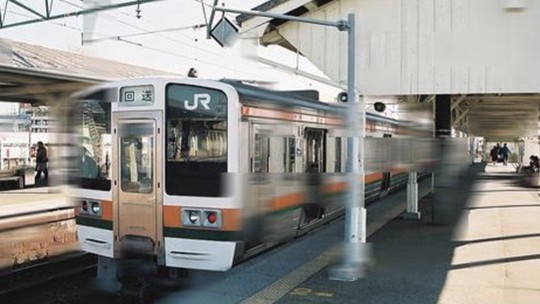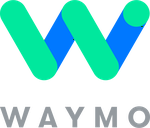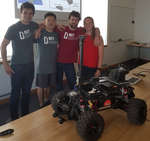Sibo Zhu (朱思博)
sibozhu AT mit.edu
Massachusetts Institute of Technology
Welcome to my personal website!
My name is Sibo Zhu, and I am currently a research assistant at MIT Department of Electrical Engineering and Computer Science (EECS). I am excited to be working with Prof. Song Han in the HAN (Hardware, Accelerators, and Neural Networks) Lab on robotic perception and efficient deep learning.
I am also the perception lead at MIT Driverless, a student-led high-speed autonomous racing team, developing full scale vehicles and autonomous software to compete in driverless racing competitions.
Before coming to MIT, I received my M.S. in Computer Science from Brandeis University. During my masters, I was fortunate to work with Prof. Hongfu Liu. Prior to that, I received my B.A. in Computer Science and B.A. in Pure & Applied Mathematics from Boston University, worked closely with Prof. Sang (“Peter”) Chin.
Outside of research, I enjoy snowboarding, skydiving, running, hiking, working out, cooking, movies, music and especially travelling to balance my life from work.
Interests
- Robotics
- Perception
- Efficient Deep Learning
- Data Mining
Education
M.S in Computer Science, 2020
Brandeis University
B.A in Computer Science, 2018
Boston University
B.A in Pure & Applied Mathematics, 2018
Boston University
